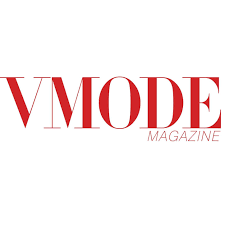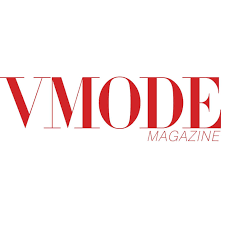The global VR for Engineering industry is a highly specialized and transformative sector of the technology world, dedicated to revolutionizing how we design, build, and interact with the physical world. This industry is a dynamic ecosystem of hardware innovators, software developers, and industry experts, all focused on a single mission: to move engineering design and review from the flatland of the computer screen into the intuitive, three-dimensional space of virtual reality. Its core purpose is to provide engineers with the tools to experience their creations at a one-to-one human scale, enabling a deeper understanding and a more intuitive design process. In doing so, the industry is not just a niche part of the VR market; it is a fundamental enabler of the next generation of industrial design and manufacturing.
The economic importance of this industry is substantial and growing at a steady and reliable pace, reflecting its central role in the digital transformation of the industrial sector. The VR for engineering industry is in the midst of a significant growth phase, with its market size forecasted to expand at a powerful double-digit compound annual growth rate (CAGR) over the next decade, leading to a multi-billion-dollar valuation. This impressive financial trajectory is a clear testament to the industry's success in demonstrating its immense strategic value to the world's leading engineering firms. The sustained demand for its products shows that immersive technology is now considered a key competitive tool for accelerating innovation and reducing costs.
The impact of the VR for engineering industry is most profoundly felt in the reduction of waste and the acceleration of innovation. By allowing engineers to build and test countless virtual prototypes, the industry is helping to dramatically reduce the need for costly and time-consuming physical prototypes. This not only saves money but also allows for more design iterations and experimentation, which can lead to better and more innovative final products. The industry is also having a major impact on workforce training and safety. By providing a safe and realistic virtual environment, it is allowing technicians to practice complex maintenance and repair procedures without the risk of damaging expensive equipment or injuring themselves, a transformative application in sectors like aerospace and energy.
The future of the VR for engineering industry will be defined by its journey to becoming a fully integrated and indispensable part of the "digital thread" that runs through the entire product lifecycle. The industry is moving rapidly towards a future where the VR model is not a separate, standalone file, but a living, connected part of a broader digital twin. This will allow for a seamless flow of information from the initial design in VR, through to the manufacturing process, and into the operational phase of an asset's life. As the industry successfully delivers on this vision of an integrated, immersive, and data-rich platform, its strategic importance as the human interface to the industrial metaverse will only continue to grow.



